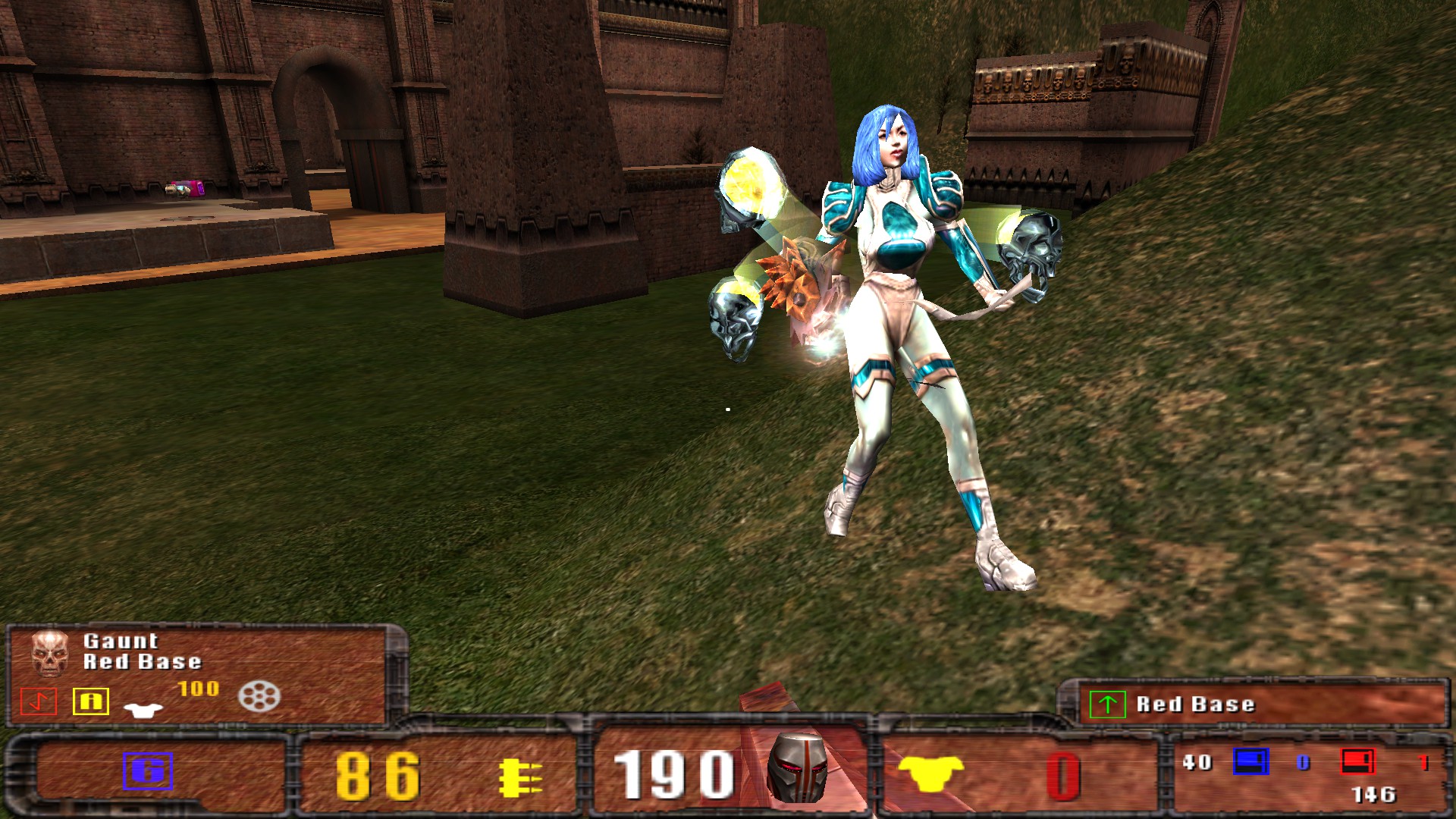


This held true for Dianoga as much as any other Linux system I have used. This had as much to do with the game's technical achievements as my fondness for the gunplay. Throughout all of the upheavals I went through in following the developing free graphics stack, Quake III Arena became just as important to me as glxgears in demonstrating that 3D acceleration was in fact working, with the game engine's OpenGL implementation still being one of the slickest and most performant ever produced. The bedrock of almost all the LAN parties played in my household, Quake III Arena also became a trusty reliable for when I felt the urge for a casual bot match, with my favourite maps being Q3DM7, Q3DM9, Q3DM13, Q3DM14, and Q3DM17 in order of first appearance. Whenever I felt the need for a fresh Linux installation, which was often before I settled on Arch Linux in 2013, Quake III Arena always became the first game I would reinstall. Even with all of those other options it was the original game I always found myself coming back to, with my main listed frag count now exceeding 21,000 frags as of the time of this writing. It was not until later that I would discover the full effect Quake III Arena had on the Linux ecosystem by downloading and playing the numerous derivative games created from the 2005 source code release available in almost all Linux software repositories. From that moment on, my Linux box became a gaming machine. I remember being frustrated at not having it work on first launch, until I discovered I had to copy my system's libGL.so.1 file to the install directory, one last caveat brought on by the need to support both 3dfx as well as more generic OpenGL accelerator hardware. When I switched to using Linux full time in the spring of 2007 one of my first accomplishments was getting that same demo to install. This image became so emblematic of Linux as a gaming platform that it still gets widely circulated to this day. Printed in several of these was one of many advertisements by the Linux server company Penguin Computing, this one depicting Linux mascot Tux brandishing a rocket launcher in the iconic Q3DM7 map included in the demo version of Quake III Arena. When I was growing up, one of my first exposures to Linux was my father’s stack of old Linux Journal magazines. Continued from Part 6: A Lone Marine Battled


 0 kommentar(er)
0 kommentar(er)
